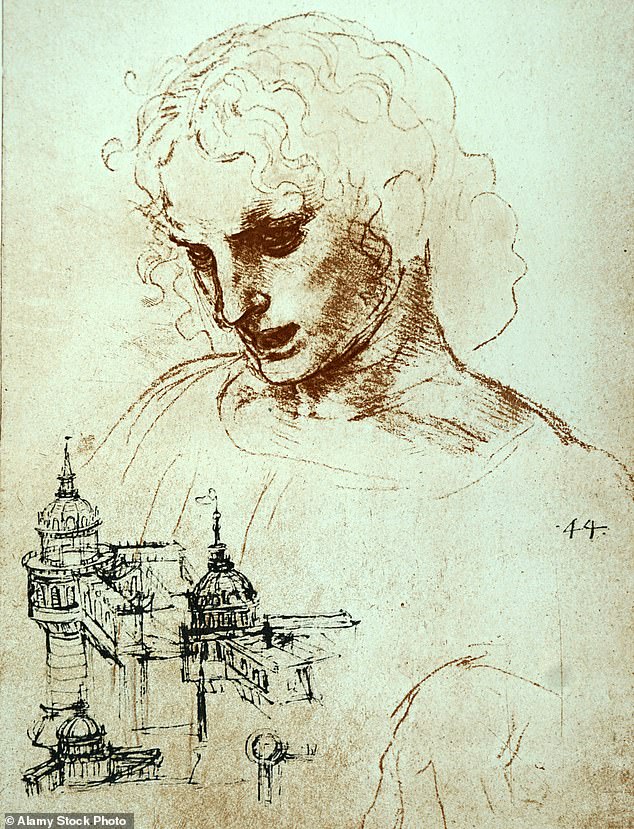
Leonardo da Vinci’s Secret Tunnels Unearthed After 500-Year Mystery
Mysterious Tunnels Sketched by Leonardo da Vinci Discovered Under Milan Castle
Scientists uncover a hidden network of passages beneath Sforza Castle, matching 15th-century drawings by the Renaissance genius.
[IMAGE: A radar scan revealing tunnels under Sforza Castle
Caption: Ground-penetrating radar uncovered secret tunnels matching da Vinci’s sketches.]
Written in cryptic code and filled with enigmatic diagrams, Leonardo da Vinci’s notebooks have long puzzled historians. Now, researchers using advanced technology have solved one of their mysteries: a series of tunnels sketched by da Vinci in 1495 has been found beneath Milan’s Sforza Castle.
Hidden Passages Revealed
A team from the Polytechnic University of Milan, alongside engineers and castle authorities, used ground-penetrating radar, laser scanning, and GPS to map the 13th-century fortress’s hidden structures. Their findings confirmed tunnels nearly identical to those in da Vinci’s sketches—solving a 500-year-old puzzle.
Francesca Biolo, lead researcher, told MailOnline: “Sforza Castle today is much smaller than it once was… many remains may still lie beneath the city.” The scans revealed a double-layered underground network, likely used for defense or covert movement during sieges.
[IMAGE: Da Vinci’s sketch of spiral staircases and tunnels
Caption: Da Vinci’s 1495 sketches (left) align with the castle’s hidden staircases and passages (right).]
Da Vinci’s Role in the Castle
Built in 1358, Sforza Castle was rebuilt by Duke Francesco Sforza in the 1400s. His son Ludovico later commissioned da Vinci to decorate its interiors. While the artist’s frescoes in the Sala delle Asse are famous, his architectural contributions were unclear until now.
Da Vinci’s sketches of defensive structures had baffled experts for centuries. The newly discovered tunnels—featuring spiral staircases and layered passages—suggest his drawings were precise records, not mere imagination.
Purpose of the Tunnels
The tunnels likely served both military and personal purposes. One passage connected the castle to the Basilica of Santa Maria delle Grazie, the Sforza family’s burial site. Biolo speculates this allowed private visits to Ludovico’s wife Beatrice d’Este’s tomb.
Other tunnels may have enabled soldiers to move discreetly or ambush invaders. “Some spaces were secret, useful during sieges,” Biolo noted.
[IMAGE: Sforza Castle’s exterior
Caption: The 13th-century Sforza Castle, where da Vinci worked, now houses museums.]
Mapping History with Technology
The team’s digital scans aim to create a “digital twin” of the castle. Franco Guzzetti, a geomatics professor, explained this model would let visitors explore both visible and lost structures via augmented reality.
While the tunnels remain closed, their discovery reshapes understanding of Renaissance engineering. Da Vinci, a polymath versed in military design, may have documented these innovations before their purpose was forgotten.
Legacy of a Genius
Though uncertain if da Vinci designed the tunnels, his accurate sketches highlight his architectural prowess. As Biolo stated, “Leonardo was an expert in military architecture… his work here reflects the era’s engineering brilliance.”
Today, Sforza Castle stands as a museum complex, its hidden past now illuminated by 21st-century technology—proving even 500 years later, da Vinci’s secrets continue to inspire.
[IMAGE: 3D model of the castle’s underground network
Caption: A digital reconstruction reveals tunnels and rooms lost for centuries.]
Ground-penetrating radar (GPR) uses radio waves to image subsurface structures, making it vital for non-invasive archaeology. Da Vinci’s legacy as a Renaissance inventor, artist, and scientist endures, with his works still unlocking mysteries centuries later.


